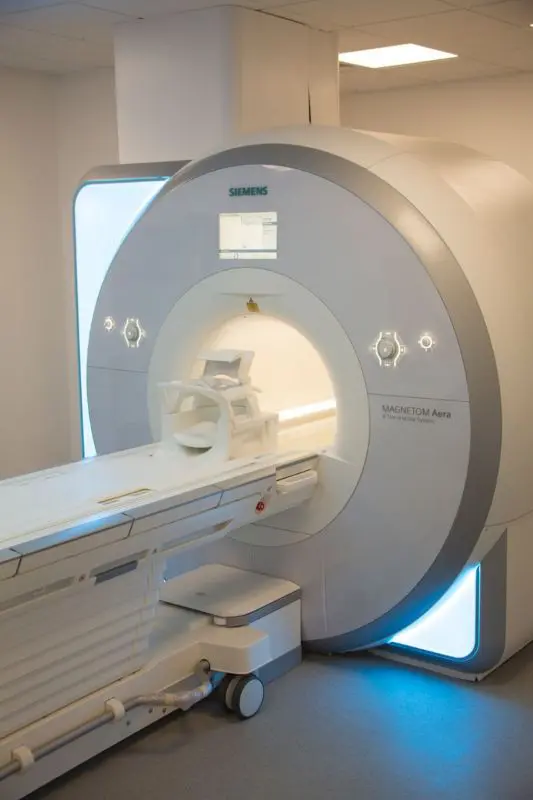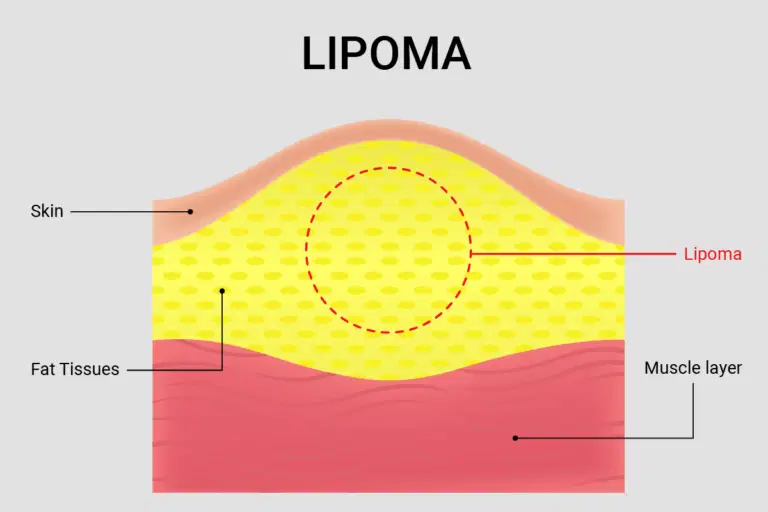Lumps on the body are very common, but what should you look out for and when should you have it assessed? In this article we answer some of the more common questions we receive on the topic.
What is a lump?
A lump may be a soft tissue or bone swelling which is easily visible or deep to the superficial soft tissues (skin). Most are harmless and usually disappear or cause no problems. They may appear as skin growths and are usually mobile, and can be a pea like structure to the size of a golf ball. It may however become unsightly, or give you concern in which case it should be clinically assessed by a doctor.
What causes a lump?
It is not known what causes lumps but there are various contributing factors. These include genetic cuses (hereditary), trauma to the area, local radiation in cancer treatment and other associated medical conditions.
Where are lumps commonly found?
A lump can be present anywhere on the body. Common locations include the upper limb (arm, wrist and hand) inner thigh, leg, armpit (axilla) and back of neck. They can also present around the tummy area (abdomen), groin and breast tissue.
What are the common type of lumps?
These may be lipomas (fatty lump beneath skin), ganglions (fluid filled swelling near a joint or tendon), cysts, vascular malformations (abnormal development of blood vessels), lymph nodes (small glands) and if involving the bone may be near a joint causing joint swelling.
What are the features of a lump I should be worried about?
Any lump which is increasing in size, becomes painful, and/or appears deep to the superficial tissues should be assessed. Hard lumps may cause more concern than softer compressible lumps particularly if it is not mobile. Any lump bigger than 5cm (Golf Ball size) should be investigated. If you have had a lump removed and it has come back this should also be reviewed. Be aware of any skin changes particularly in sun exposed areas.
How should I have my lump assessed?
If there is any concern over the lump or it persists for 2 weeks, it should be clinically assessed by a doctor.
Following clinical assessment, it can be investigated by an ultrasound. On occasion a further investigation like a x-ray or MRI scan may take place to get a clearer picture of what the lump is.
The lump may require a biopsy (soft tissue sample) to determine the true nature of the lump to assess if it is benign or cancerous

Can the lump be removed?
Yes, lumps can be surgically removed under local or general anaesthesia as a day case procedure.
Your doctor can explain how this may be done and any other actors that need to be considered.
A one stop lump diagnostic clinic is available at the Manchester Lumps Clinic. Please contact us for further details.








